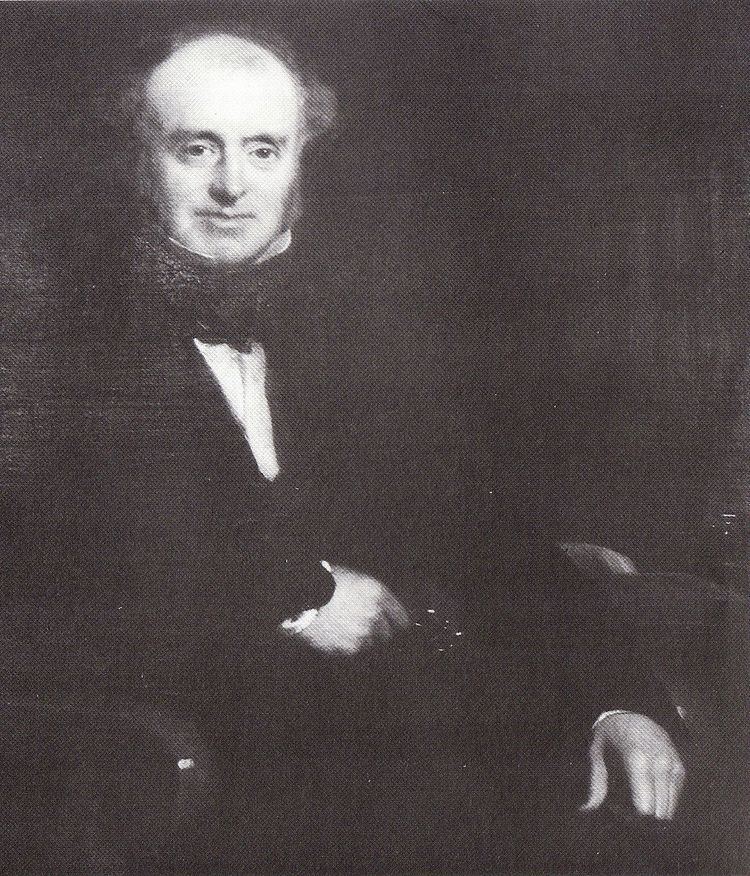Nationality Scottish Role Civil engineer | Name James Walker Citizenship Great Britain | |
 | ||
Structures Start Point Lighthouse, Needles Lighthouse, Wolf Rock Lighthouse, Gunfleet Lighthouse Similar People Thomas Telford, John Rennie the Elder, Maurice Fitzmaurice, William Jessop | ||
Engineering discipline Civil Engineering | ||
James Walker FRS, (14 September 1781 – 8 October 1862) was an influential Scottish civil engineer.
Contents
Life
Born in Falkirk, he was apprenticed to his uncle Ralph Walker. Around 1800 they worked on the design and construction of London's West India and East India Docks. Later, he worked on the Surrey Commercial Docks from about 1810 onwards, remaining as engineer to the Surrey Commercial Dock Company until his death in 1862.
In 1821 Walker built his first lighthouse, the West Usk Lighthouse, near Newport, South Wales. He went on to build another 21 lighthouses.
Walker was the senior partner of the consulting engineering firm of Messrs. Walker and Burges (of Limehouse), Burges having first became his pupil in 1811 and risen to partner in 1829. In 1832 their offices moved to 44 Parliament Street, Westminster (which lies at southern end of Whitehall) and then to 23 George Street. In 1853 he promoted James Cooper, one of his assistants, to the partnership with the firm then being known as Messrs. Walker, Burges & Cooper.
Walker succeeded his associate Thomas Telford as President of the Institution of Civil Engineers, serving from 1834 to 1845. One of his first major roles as President was to oversee the choice of three new harbours to serve Edinburgh: a major extension to Leith Docks; a new harbour at Trinity; or a new harbour at Granton. The choice resulted in the building of Granton Harbour.
He was also chief engineer within Trinity House, hence his considerable involvement with coastal engineering and lighthouses. He was conferred with Honorary Membership of the Institution of Engineers and Shipbuilders in Scotland in 1857.
He is buried beneath a humble gravestone in St Johns churchyard in Edinburgh against a retaining wall on one of the southern terraces.
Projects and other work
Walker worked on various engineering projects, including:
Walker was also involved in designing a dock harbour in Hamburg (1845, with William Lindley and Heinrich Hübbe). He was also involved in the Liverpool and Manchester Railway, preparing a report on the merits of stationary and locomotive engines along with other notable engineers of the day. He was also for a long period consulting engineer to the Board of Admiralty.
Memorial
A memorial to Walker was commissioned by the Institution of Civil Engineers to stand at Greenland Dock and was unveiled in 1990.
